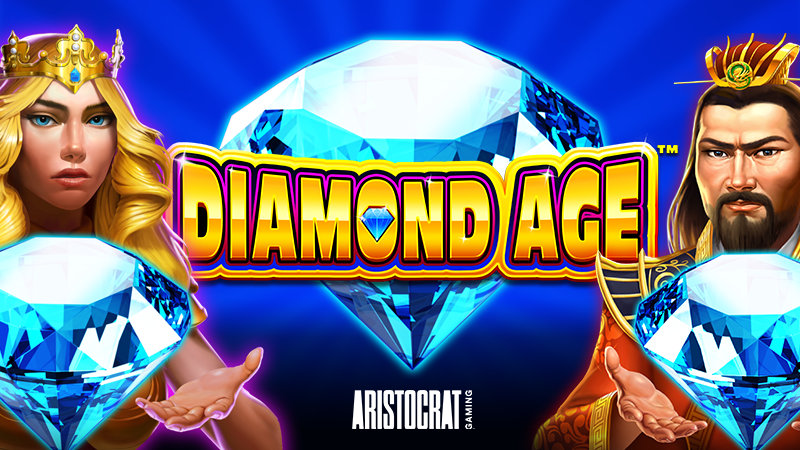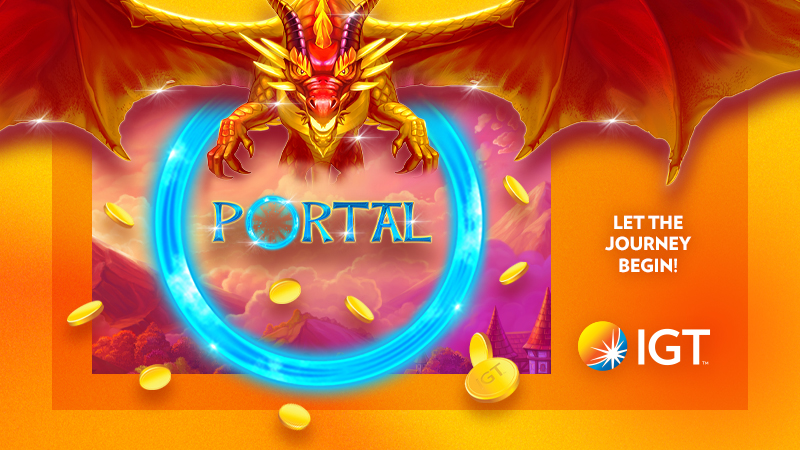WINNING WITH CUSTOMER EXPERIENCE IN AN ULTRACOMPETITIVE BATTLEFIELD
A vast majority of businesses today compete primarily on the basis of CX (customer experience). However, there is no negating the fact that for most gaming companies and clubs’ efforts to achieve improvement in customer experience have consistently been bottlenecked, if not outright thwarted, resulting in inconsistencies and misalignment in CX delivery. Ambiguity and inactivity represent two of the most notable culprits for a mediocre customer experience. At a time when the customers have unprecedented choice, it is incumbent on gaming services providers to compete on the primacy of customer experience (CX). While most CEOs and GMs claim to provide an excellent experience to their guests, very few do. The reason why many CX efforts fail to yield results is lack of comprehensiveness in efforts. Forrester Research summarise the situation succinctly when they write, “Customer experience (CX) strategies that lack critical details lead to inconsistent execution and wasted effort. To improve, firms need a strategy that clearly (1) defines the intended experience; (2) directs employees’ activities and decision-making; and (3) guides funding decisions and project prioritisation.”
Customer experience, quite simply, comprises of the customer’s cognitive, emotional, sensory, and behavioural responses to any interactions they have with a service provider. In order to devise an optimal experience for guests, simultaneous attention to seven areas is needed. These areas, encapsulated in the acronym VICTORS, are (1) Voice of Customer; (2) Incentives to employees; (3) Culture of the organisation; (4) Touchpoints along the customer journey; (5) Organisation structure, especially existence of silos; (6) Relationships with employees and customers; and (7) Strategy devised to build and maintain competitive advantage. Figure 1 depicts the VICTORS framework.
The VICTORS Seminar, on 2nd May 2019 delves deep into each of these key areas of customer experience. For more information on how to RSVP click here or see the end of this article.

Figure 1: The VICTORS Framework
Culture:
Tony Hsieh, Founder of Zappos, a company known for its legendary customer service asserts that “Your culture is your brand.” In fact, all attempts at CX enhancement will amount to naught if the organisational culture if not aligned to brand values or is devoid of customer-centricity. Culture is the soil in which various organisational norms, decisions, and behaviours take root. Only a foundation of truly customer-centric and market-oriented culture will ensure that efforts toward CX enhancement will lead to fruition. As with any transformation, the journey toward a culture of customer-centricity should start with proper measurement of the existing culture.
Voice of Customer (VoC):
VoC initiatives gather and analyse customers’ motivations, expectations, preferences and aversions associated with the experience your organisation provides them. It is amazing how many businesses forget that customers are the ultimate arbiters of what they experience, not the provider. As bare minimum, clubs and casinos should carry out periodic assessment of customer satisfaction and Net Promoter Score (NPS). Regular focus groups with key customers are also strongly recommended. Customer satisfaction levels and Net Promoter Scores need to be benchmarked so that trends in these metrics can be uncovered. Also, wherever possible, feedback from customers should be actioned so that there is real enhancement in CX.
Incentives:
Study after study has established that customers’ interactions with employees are the single-most important determinant of customer experience. Oftentimes, businesses conduct focus groups or customer satisfaction studies but fail to reward those employees who get favourable mentions in focus groups or surveys. Also, people working behind the scenes are seldom acknowledged or incentivised. One way to ensure congruence between employee rewards and CX is to link employee bonuses to CX metrics. The choice of incentives provided to employees also matters. In most societies, workers value those rewards that enhance their work-life balance a lot more than pure financial incentives. The GAP stores in the United States, for instance, saw a huge increase in the sales of those stores where employees were given stable and predictable shift work.
Touchpoints:
A touchpoint is any interaction between the organisation and the customer. Customer touchpoints can take the form of person to person, technology to person, technology to technology, and so on. One sure-fire way to understand the customer experience from the customer’s perspective, is to map out the customer journey incorporating each major touchpoint. Also known as a service blueprint, this insightful document visually depicts where and how each customer segment interacts with your business. Developing a service blueprint is an indispensable part of CX enhancement. It provides consensus on CX, demonstrates the impact of each employee on the overall guest experience, enables fixing of fail-points that detract from CX, and facilitates the creation of (touch) points of differentiation.
Organisation:
The key caveat when it comes to CX is organisational silos. A compelling customer experience is the result of seamless cooperation among many different departments such as gaming and marketing, F&B and gaming, housekeeping and operations, and so on. Organisational silos create serious bottlenecks in workflows across departments or divisions. Once the silos are taken care of, the organisation needs to create structures and roles that facilitate a gratifying experience for customers. Some roles effective in delivering the desired customer experience are CX ambassadors who communicate the importance of CX to employees at all levels and a CX core team comprising of subject matter experts dedicated to the execution of CX strategy.
Relationships:
The kind and level of relationships your brand has with employees as well as customers will significantly impact the quality of customer experience. Internal marketing, i.e. using marketing tools and techniques to create engaged, enthusiastic, and energised employees, plays a key role in establishing employee relationships that are conducive to a great customer experience. All employee interactions should be rooted in a clearly thought out and well-articulated employee value proposition (EVP). When it comes to customers, the focus should be on creating a positive emotional connection with them. Fully connected customers are 52% more valuable than those who are merely highly satisfied.
Strategy:
In his Harvard Business Review article, “Demystifying Strategy: The What, Who, How, and Why,” Michael Watkins defines business strategy as “set of guiding principles that, when communicated and adopted in the organisation, generates a desired pattern of decision making.” A good strategy provides a clear roadmap for setting priorities and making decisions. The first step in your customer experience strategy is to have a clear customer-focused vision that you can communicate with your organisation. The easiest way to define this vision is to create a set of statements that will serve as guiding principles for everyone in the organisation. For example, Zappos, a company headquartered in Las Vegas that we mentioned earlier, has adopted the principles of delivering “wow” experience, humility, and embracing change as its key guiding principles. Furthermore, in setting CX strategy, it is important to clearly articulate your measurable CX objectives, and then to link CX metrics to financial metrics such as market share, operating margins, and ROI.
Conclusion:
In this era of the consumer, businesses—big and small—will live or die based on the kind of experience they provide their customers. While most gaming businesses are wanting to provide a good experience to their customers, they are often at a loss to comprehend all that goes into the designing and management of CX. The VICTORS framework has uncovered seven key areas that collectively provide the wherewithal of a valued customer experience. Delivering CX is always a work-in-progress and all components of VICTORS need to be constantly assessed and finetuned for delivering a consistently superior customer experience.
Sudhir H. Kalé, Ph.D., is Senior Advisor at BULLSEYE CX. He has worked with gaming companies on five continents to enable clients to deliver a superior guest experience. The VICTORS framework is based on decades of research Sudhir has carried out in the CX realm. Sudhir has also carried out customer service blueprinting and employee engagement projects for several international clients.
JOIN US AT THE VICTORS SEMINAR
Date: Thursday, 2nd May 2019
Time: 4:30 PM to 7:30 PM
Venue: BLACK Bar & Grill at THE STAR SYDNEY
Price: $395+GST
Discount: Avail a 20% Discount for 2 or more attendees from the same organisation.
More Information: http://bit.ly/VICTORS
RSVP: Please contact Brett Jones, Senior Advisor, BULLSEYE CX via email at or give him a ring on 0435 812 177.












